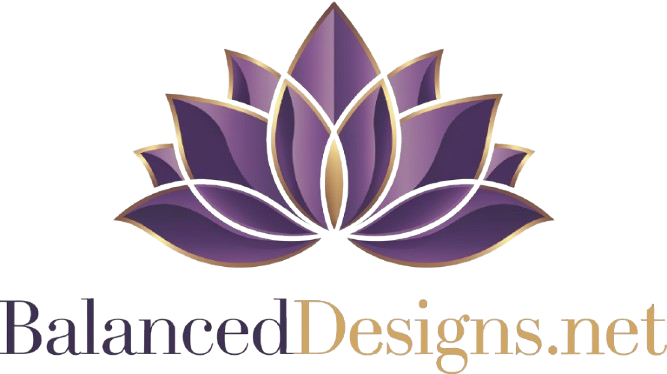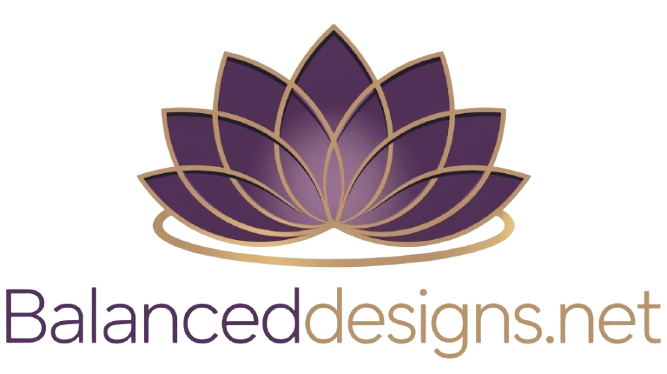A new study reveals that Health & Fitness and Self-Improvement podcasts represent a potent opportunity for advertisers looking to reach highly engaged, influential audiences with both breadth and depth. These genres not only attract large listener bases but also offer a unique overlap that can amplify brand messaging across channels.
According to The Power of Purpose-Driven Podcasting report from Sounds Profitable and SiriusXM Media, 22% of monthly podcast listeners tune into Health & Fitness content, and 21% consume Self-Improvement shows. What is striking is the overlap as 44% to 45% of each group also listens to the other genre.
“That’s such a strong overlap that if you kind of tweak messages, you can really reach frequency by having a complementary body on both,” Sounds Profitable partner Tom Webster said last week on a webinar detailing the findings. Webster emphasized the advertising value inherent in this overlap, describing it as a “self-reinforcing, complementary bond” between the two audiences. “If you buy both genres, you are getting a broad demographic reach and a kind of contextual diversity, connecting with consumers in different mindsets — whether they’re being active, being physical, or being reflective and aspirational,” he said.
Demographics further highlight the value proposition for marketers. Health & Fitness audiences skew older and more affluent, with 40% in the 35–54 age range, 27% over 55, and 38% earning $75,000 or more annually. They also show higher levels of educational attainment. Meanwhile, Self-Improvement listeners are younger and more diverse, with 39% aged 18–34 and 33% identifying as non-white.
The report emphasizes that these audiences are heavy podcast consumers, dedicating significant time each week. Health & Fitness listeners average seven hours per week, while Self-Improvement audiences average 6.4 hours — both above the industry average of about six hours. “That’s a little bit more than an hour a day to podcast content,” Webster said. And nearly three-quarters of both audiences listen weekly, indicating habitual and committed engagement.
Active, Habitual Listeners
These listeners are not just passive consumers — they are vocal advocates. Around 78% of Health & Fitness fans and 73% of Self-Improvement fans say they recommend podcasts to people in their social circles. Webster described this as a “potential evangelism effect” for great programming. He said this dynamic turns listeners into natural brand ambassadors, amplifying advertising impact well beyond the initial listener.
Both audiences overwhelmingly prefer episodic, regular content — 85% say they favor this format. “When you make growth a habit, and when you make health and fitness a habit, you tend to prefer content that fits your habitual needs,” Webster explained. They also highly value learning about new topics, with 74% of Health & Fitness listeners and 72% of Self-Improvement listeners reporting an interest in learning new hobbies.
Listening While Active
The context in which people listen offers varied advertising moments for brands to reach users of the two genres. Many listeners tune in while driving, exercising, or doing chores, providing advertisers with the chance to deliver messages when audiences are particularly receptive and attentive. “They are a companion medium,” Webster said. “They’re a companion for people to take with them wherever they go, whatever they’re doing.”
Beyond individual listening, a significant portion of these audiences engage in shared consumption — 19% of Health & Fitness listeners and 16% of Self-Improvement listeners say they listen with someone else. “You’re potentially reaching a spouse, an exercise partner, or even a whole family,” Webster pointed out, highlighting the “content multiplier” effect.
Part Of Modern Lifestyle
SiriusXM Podcast Marketing Specialist Alexandra Caggia sees how people are using podcasts fits into the broader cultural movement around wellness, describing it as a response to modern pressures.
“Wellness has evolved into something more than a fleeting trend — it’s a way of life,” Caggia said. “It’s about agency over our minds and our bodies and the space that we occupy in the world.” She emphasized that podcasts have become “an essential tool for modern well-being” because they allow listeners to be intentional with their time and feel emotionally connected.
As brands look for ways to connect deeply with consumers prioritizing personal growth and well-being, Webster’s said advertising across Health & Fitness and Self-Improvement podcasts allows for not only wide demographic coverage but also the ability to reinforce brand messaging in multiple contexts and mindsets.
“You can have holistic brand positioning,” he said. “You can associate your brand with complete wellness, both physical and mental — and show that your brand is supportive of both.”









